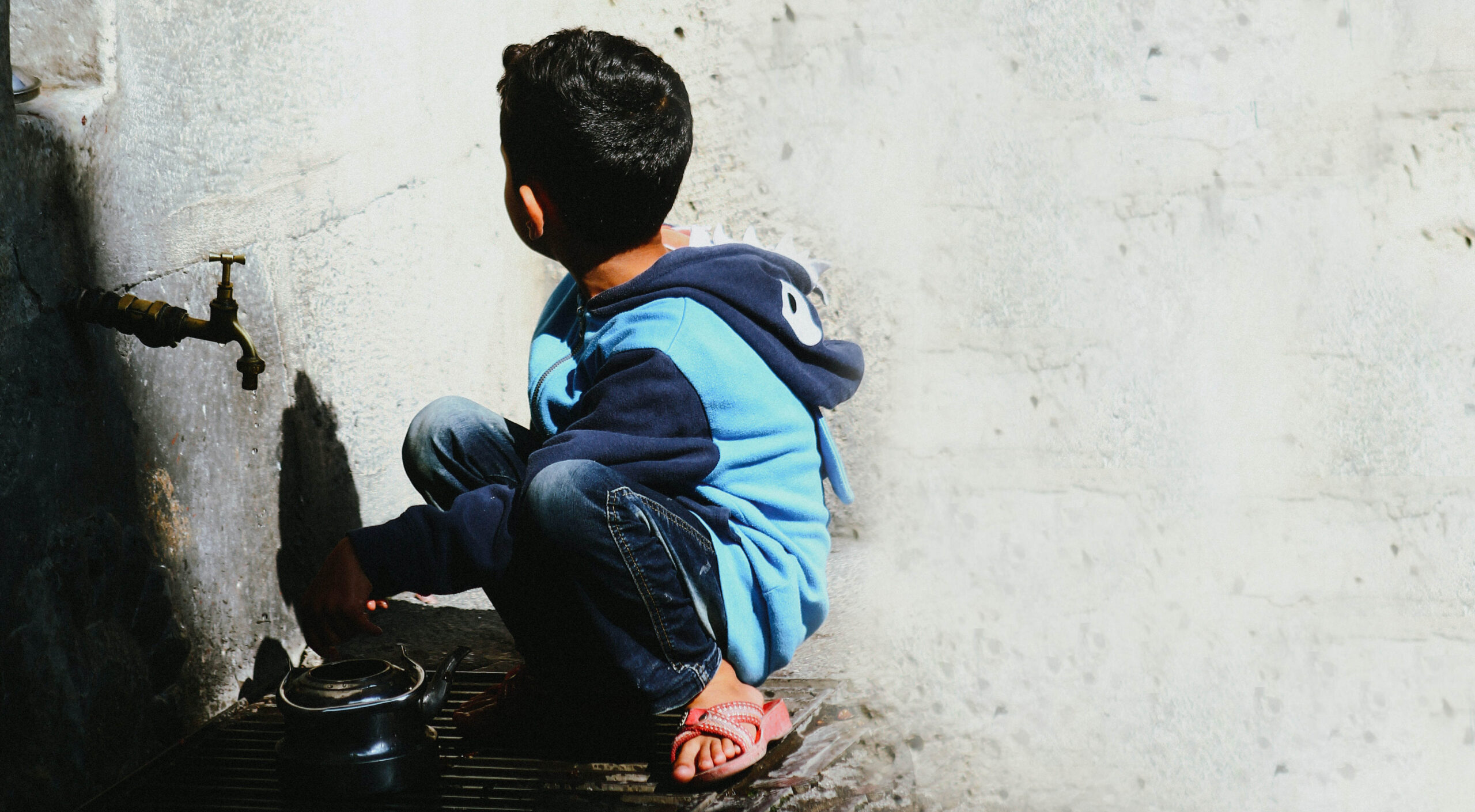“In the spirit of ‘most sensitive coercion-o-meter in the world,’ …I’d have to say it sounds suspiciously like hitting kids to teach them they shouldn’t hit.”
– Mary Griffith
From the archives: The original post was posted on 16th October, 1996
“I submit the following strategy for analysis from what is likely the most sensitive coercion-o-meter in the world. This List!
My 17 month old son has continued to bite a wide range of victims, including helpless ones. In an effort to help him understand what is happening I am attempting to show him by biting him non-coercively. When he bites I bite him in a way that hurts a little, but not too much. I say ‘Biting hurts! This is what biting feels like…’ and bite him hard enough so that it is not fun, but it doesn’t make him cry or complain. Whenever he bites anyone, including the cat, I remind him of what he is doing. If he is not distressed, it is not coercion, right? Admittedly, I am walking a fine line. Hard enough to produce pain, yet soft enough to avoid distress.
What do you think of this strategy if I manage to walk the line?”
In the spirit of “most sensitive coercion-o-meter in the world,” as you put it, I’d have to say it sounds suspiciously like hitting kids to teach them they shouldn’t hit. (Either that, or you might be teaching him a fun new game (“Let’s Bite”) rather like my husband taught one of our dogs how much fun it was to run away by running after it when it inadvertently got loose.)
See also:
- Never make a child feel bad
- Supporting a child’s choice to go to school
- Bedtimes and ill effects of lack of sleep
Mary Griffith, 1996, ‘Biting lessons’, https://takingchildrenseriously.com/biting-lessons/

